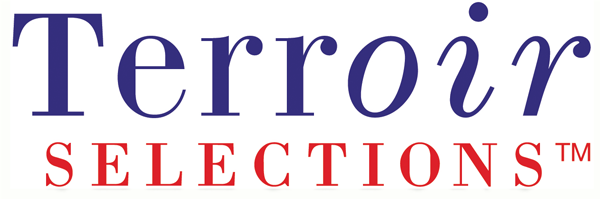Domaine Trapet Alsace
Andrée Trapet took over her parents Riquewihr vineyards in 2002 and converted the domaine to biodynamic methods, with support of her Burgundian husband Jean-Louis, custodian of [Domaine Trapet Père & Fils] (link). The Trapet Alsace estate comprises some of the best Grand crus vineyards in Alsace. The wines, like their Burgundy relatives, are all about finesse and elegance.

History
Risk-taking is clearly in the Trapet blood. In the mid-1990s when Jean-Louis Trapet took the reins at his family’s historic estate in Gevrey-Chambertin, he adamantly argued for the transition to natural viticulture. After many trials, much experimentation, and a lot of persuading, the family signed on to his biodynamic approach. With his friends Frederic Lafarge, Dominique Lafon and others, Jean-Louis Trapet became a pioneer in natural viticulture and he continues to lead the way in biodynamic farming today.
His Alsatian-born wife Andrée, with Jean-Louis and their sons Pierre and Louis at her side, farm her family’s vines in the villages of Riquewihr and Beblenheim. Andrée’s love for her native soils, combined with the Trapet’s unwavering commitment to natural viticulture inspired her to employ biodynamic principles in these vineyards, including in the terraced Grand Crus of Schoenenbourg, Schlossberg, Sporen and Sonnenglanz.
Viticulture & Winemaking
Plantings span the Alsatian varietal spectrum including Riesling, Gewurztraminer, Auxerrois, Pinot Gris and Pinot Noir. Today, as in Burgundy, the estate is 100% demeter certified. Andrée seeks a dryer style of wine, with aromatic intrigue and complex flavors. Over the years, smaller barrels have been replaced with foudres, and many efforts have been made to reduce sulfur levels in hopes of finding the purest expression of terroir and grape variety.
What started as a duty to honor and respect generations of Alsatian grape growers before her, turned into a passion for the vines of Alsace and a desire to produce wines that reflect her homeland.
